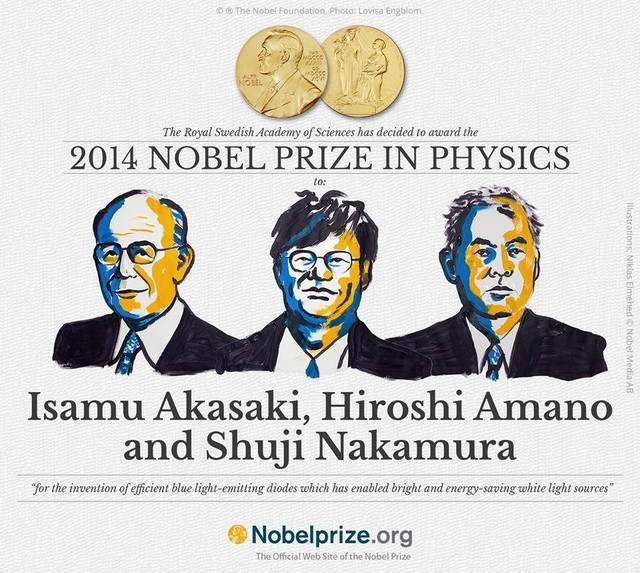
Three winners of the 2014 Nobel Prize in Physics
**Seeking the Light of the Night** For centuries, natural starlight was the only source of light at night. Before modern technology, only the full moon could illuminate the earth. The difference between civilizations often lay in whether they could use their own technology to bring light to the darkness. Initially, people relied on burning fat or oil. In Western countries, whale oil was commonly used for candles, while in China, beeswax or animal white wax served the same purpose. With the development of the oil industry, cheaper hydrocarbons were used for lighting.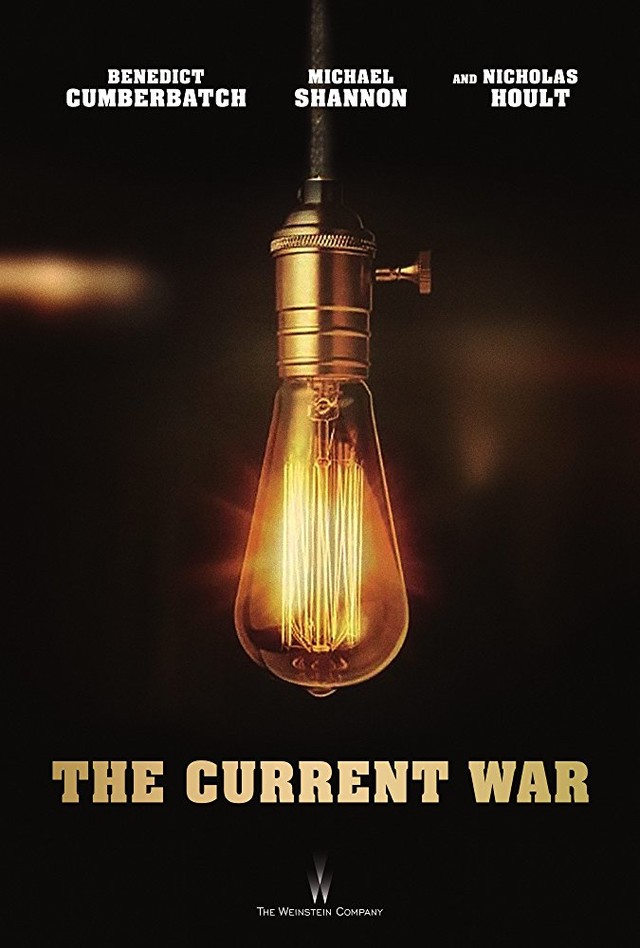
Early next year, I hope to see the movie "Current Current", telling Edison's DC VS Tesla's AC.
This method of lighting was unsafe, leading to many fires. That’s why Edison’s story of inventing electric lights is so well-known. At the end of this year, a film about Edison will be released, directed by Bendique Conbabach. We can expect to see his inventions, including improved incandescent lamps, which brought light but had low efficiency.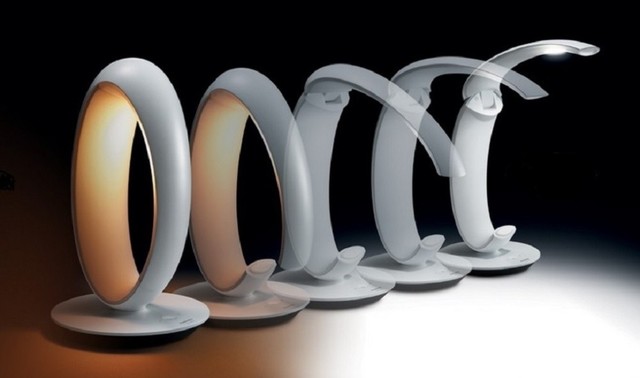
LED makes today's table lamp design more artistic (Panasonic products)
Today, our light sources are shifting from incandescent and fluorescent to light-emitting diodes (LEDs). But few realize that finding a practical method for blue LEDs took over 30 years. It was a major breakthrough, enabling the creation of white light through the combination of the three primary colors. LED lighting has become a defining innovation of our time, and the Nobel Prize was well-earned. **Diodes and Light-Emitting Diodes** Before discussing Intel’s history, I mentioned that in the 1950s, when diodes and transistors left the lab, many companies were researching them. Texas Instruments was one of them. Another notable development was DLP projection technology.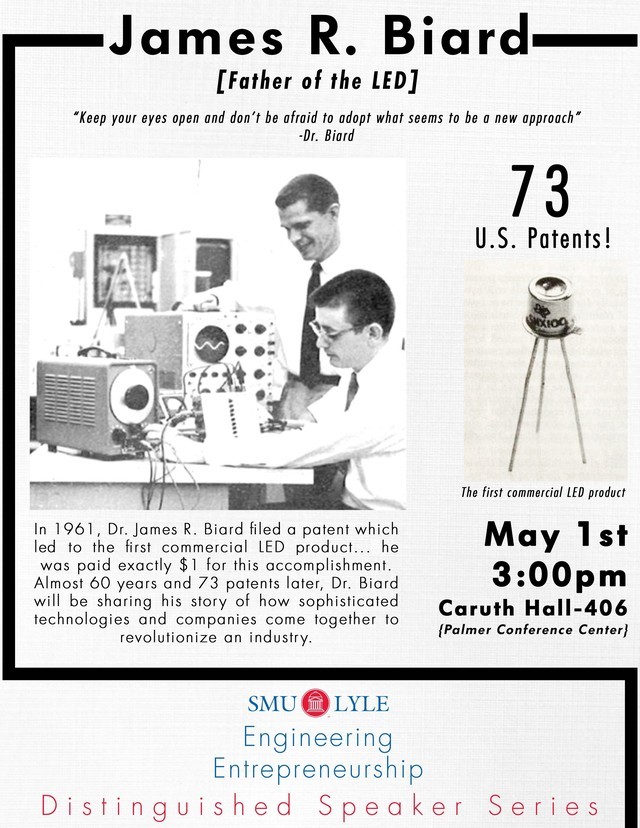
The earliest LED, but at that time it was infrared light, not visible light.
On June 3, 1957, James R. Biard joined Texas Instruments just three days after graduating from Texas A&M University. He started working on low-drift DC transistor power amplifier circuits. By 1959, he was researching semiconductor applications with Gary Pittman. Their work led to the discovery of infrared radiation in tunnel diodes, marking the beginning of LED research.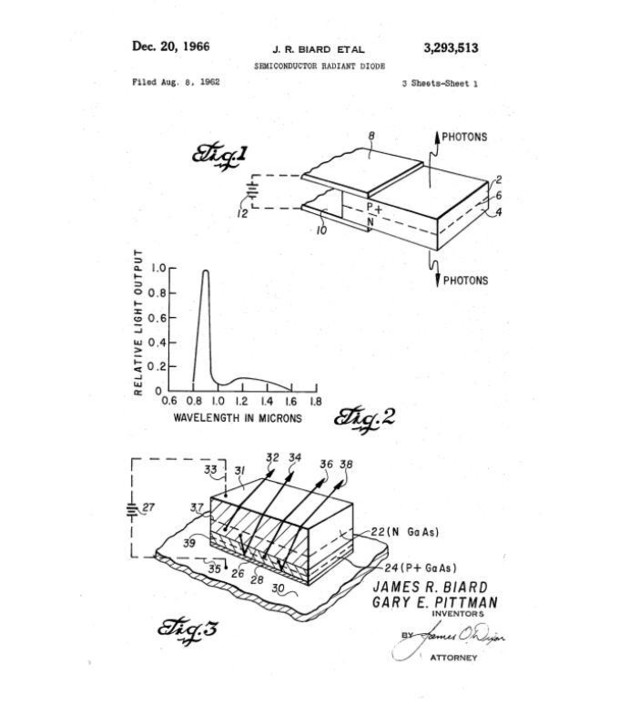
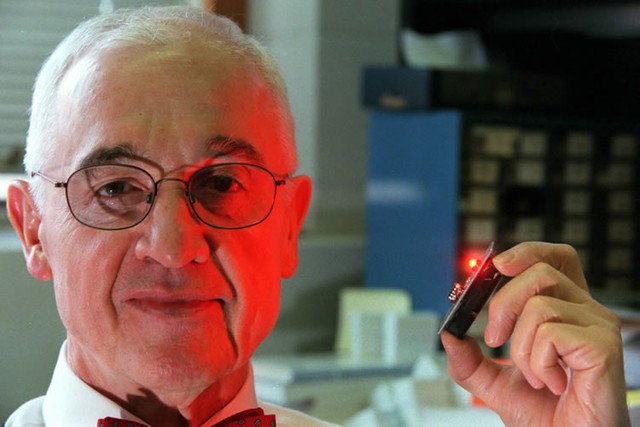
He Lunak and his red diode
Holonyak held over 40 patents, including the semiconductor red laser transmitter, which later became the basis for CD players and mobile phones. His work opened the door to semiconductor lighting.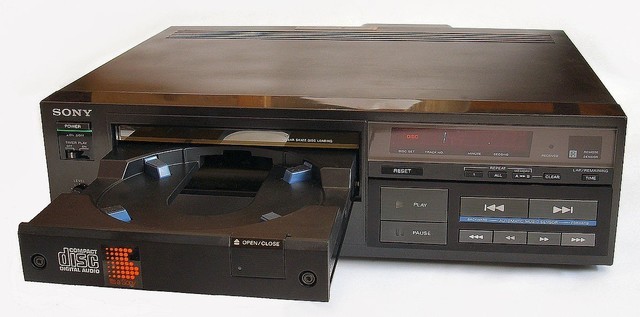
Helenak's laser diodes are the basis of many of today's products.
The commercial red LED, introduced in 1965, cost around $45. However, these early LEDs were very inefficient, emitting only 0.1 lumens per watt compared to the 15 lumens per watt of incandescent bulbs.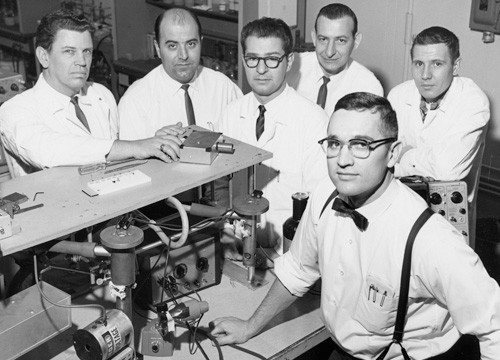
He Lun Yake, who was in the limelight at the Institute of GE
In 1972, George Craford, a student of Holonyak, developed the yellow LED and improved its efficiency. By 1976, TPPearsall created a special LED suitable for optical fiber transmission, achieving high brightness and efficiency. **Key Blue Diode** While red and green LEDs were quickly discovered, creating white light required blue. Traditional methods like phosphorus gallium arsenide couldn’t achieve this.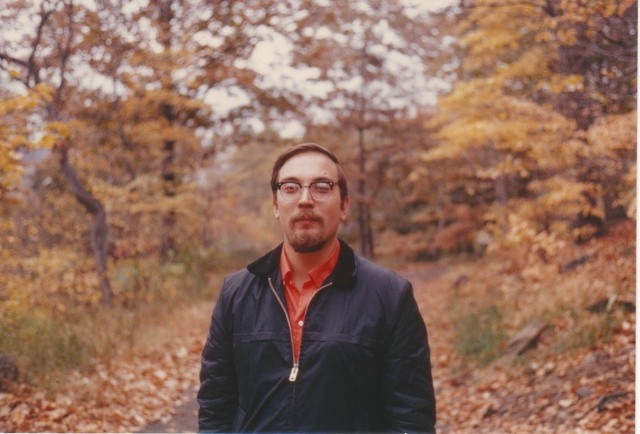
Marusaka, 1968
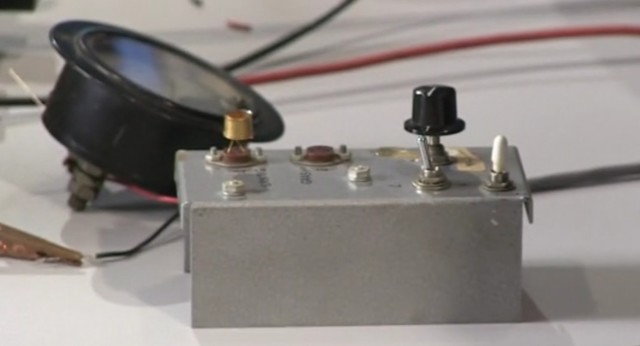
Blue light LED in the earliest laboratory
In 1972, Herb Maruska and Wally Rhines at Stanford University made the first blue-violet LED using magnesium-doped gallium nitride. Later, researchers at RCA developed the first blue electroluminescent device. These early LEDs were too dim for practical use, but they laid the foundation for future breakthroughs. **The Encounter of Nakamura Shuji** Nakamura’s invention didn’t come easily. He faced challenges at Nichia, where his work was undervalued. He eventually moved to the U.S., but Nichia still claimed his patents. After a long legal battle, he won a significant compensation.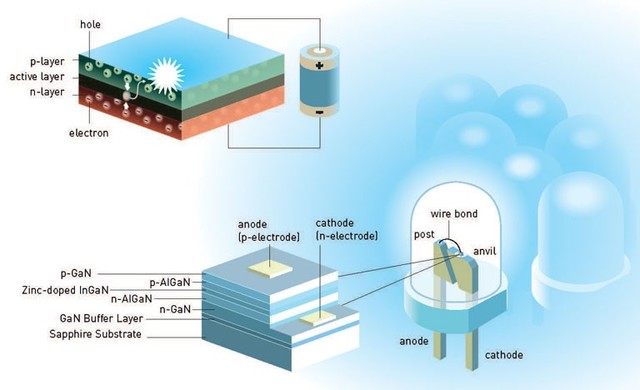
The principle of blue LED

Nakamura that was not valued in Japan at that time.
**Two Paths from Blue to White** After the blue LED was invented, two methods emerged to create white light: combining RGB LEDs or using a blue LED with a yellow phosphor. Both approaches have revolutionized lighting, making it more efficient and environmentally friendly.
Cheap RGB LEDs have been applied to the keyboard
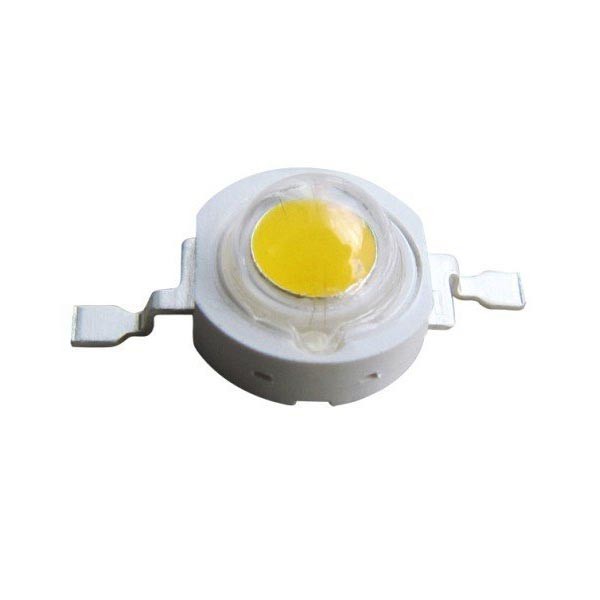
Approximate white LED obtained by blue light + fluorescence
LEDs are known for their high efficiency and long lifespan. Unlike traditional bulbs, they contain no mercury, making them eco-friendly. Today, LED bulbs are replacing old technologies across industries, and prices have dropped significantly over the past decade.Intern Editor: Liang Jieying
UL Certified Low Smoke Halogen-free Wire
UL listed wires and cables,Environmentally friendly flame retardant,High temperature and high voltage resistant cables
Jiangyin City Weicheng Special Cable Co.,Ltd , https://www.weichengcable.com
